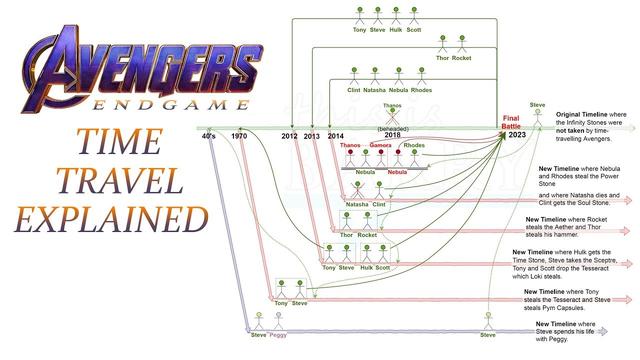Endgames Explained
The question of “When does the endgame begin and the middlegame end?” is one many people struggle to answer. Similarly, to the definitions of openings and middlegames, there is no clear definition of the endgame. However, it generally occurs after a period of liquidation (trading of pieces) when both sides only have pawns and a couple of pieces.
While endgames feature less pieces than openings, they can still be rather complicated. Openings are difficult because you must navigate the huge numbers of possibilities to determine good moves. However, endgames require very precise moves to win in most cases. Endgames also require technical knowledge of how the pieces must operate when they have less support. For example, in the Opening and Middlegame, if you need 2 jobs to be done and you have 2 pieces then each can be tasked with 1 job. In the endgame, sometimes you must do 2 or more jobs with 1 piece without overworking the piece.
One way to see how efficient chess pieces need to be in endgames is to go through Tablebases. Tablebases are pre-solved endgame positions. Initially, tablebases had only solved 2-piece endings. Now, we’re up to 7-piece endings which is amazing. Tablebases are essentially computer software that can be used to analyze endgames with perfection. My recommendation, especially when using any sort of chess software to compute moves, is to go slow and ask questions. For example, trying to determine why the tablebase believes Bf4 is the right move and not Bf3 is very important for your own training. However, using tablebases is hardly the place to start. I recommend tablebases for players rated 2000+.
Before reaching that level, endgame books and software are the most efficient ways to learn on your own. Books are nice because you buy them once and they are like purchasing 100 chess lessons for the price of one. Software is good because you can interact with it and practice. In either case, learning endgame is important.
Here are some good resources for learning Endgame.
On the top end we have:
Dvoretsky’s Endgame Manual by Mark Dvoretsky
Comprehensive Chess Endings by Vitaly Chekhover & Yuri Averbach
Silman’s Endgame Course by Jeremy Silman
Encyclopedia of Chess Endings Book I, Book II, Book III, Book IV, and Book V by Chess Informants
Both Silman’s and Dvoretsky’s books are very well written and reputable. The other books take a multi-book approach and break down endgames into smaller categories. So, they are more thorough but intimidatingly large. In either case, these are all good recommendations.
However, here are some less pricey endgame books that are helpful as well:
Chess Endgames for Kids by Karsten Muller

Endgame Play by Jacob Aagaard
Endgame Tactics by Ger Van Perlo
Mastering Endgame Strategy by Johan Hellsten
Winning Chess Endings by Yasser Seirawan
Starting Out: Rook Endgames by Chris Ward (eBook)
Karsten, Ward, and Seirawan’s books are fantastic for beginners who are looking to learn endgame basics. For the more serious student, Benjamin, Aagaard, and Van Perlo’s books are excellent. Hellsten’s book is a good general overview of endgame strategy while Benjamin and Van Perlo’s books look at specific ideas in the endgame. All these books are helpful.
Finally, we will take a quick look at Endgame software.
*Always be sure to check your computer’s specs with what is required to run the software in question. The USCF Sales online bookstore lists all of the requirements you’ll need.
On the high end we have:
Karsten Muller Complete Training – Chess Endgames which is pricy but it will not only show you different endings but teach you how to play endgame better.
Endgame Turbo 5: 6-Piece Tablebases gives perfect endgame analysis when there are 6 pieces left. This runs nicely with most chess computers (which are listed under the product details page).
Other useful and less pricy software includes the following:
Chess Training Package for Beginners is helpful for newer players looking to learn the basics. This includes players rated between 300 – 1500.
Chess training Package for Intermediate Players is helpful for people rated 1800 to 2400.
There are also many different types of endgame software that look at very specific types of endgames. They can be found on this Endgame Book Search.
